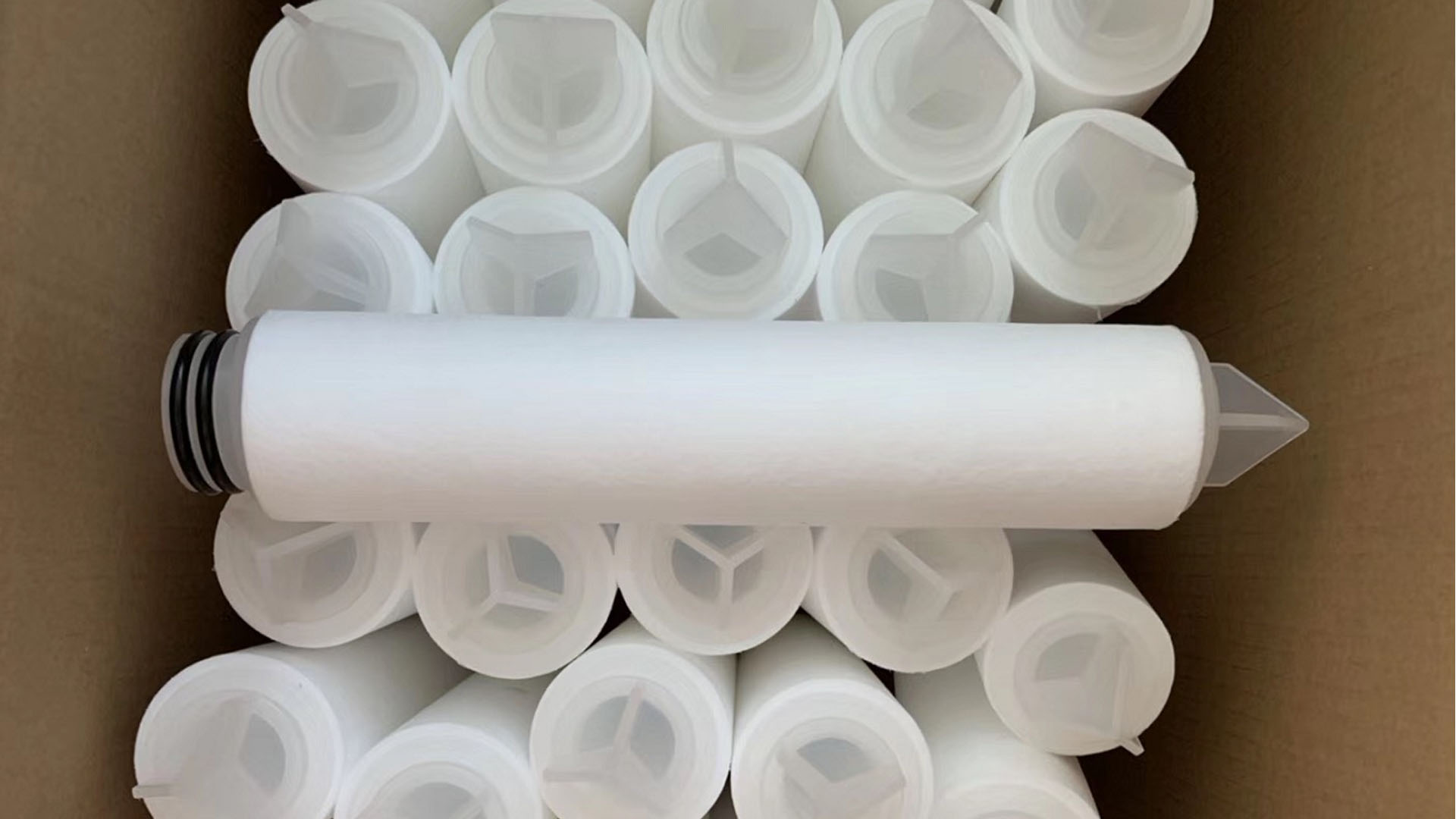
| Feature | Importance |
|---|---|
| Temperature Control | Essential for ensuring proper melting and bonding of materials. |
| Pressure Adjustment | Enables control over the applied force, ensuring even and consistent welds. |
| Speed Regulation | Allows customization for different welding requirements and materials. |
| Safety Mechanisms | Protects operators and minimizes risks during the welding process. |
| Maintenance Indicators | Alerts operators to necessary maintenance and helps prevent equipment failure. |